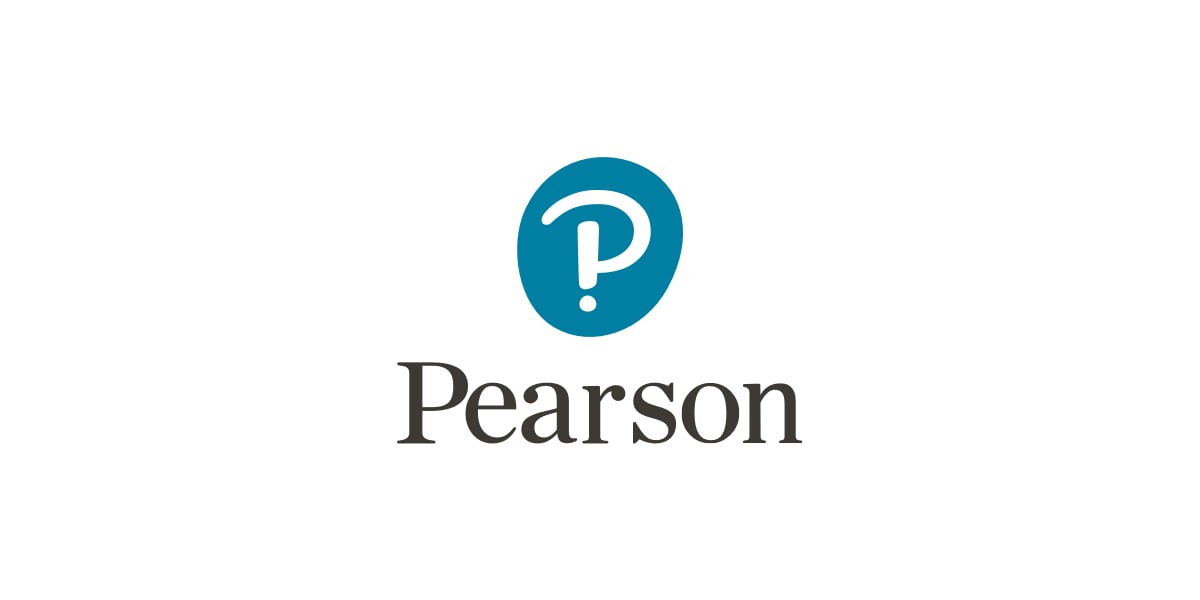An easy-to-use, norm-referenced assessment designed to identify symptoms, behaviours, and associated features of the full range of Autism Spectrum Disorders
Now available on Q-globalPearson Clinical distributes but does not publish this product.
Now available on Q-globalPearson Clinical distributes but does not publish this product.
Now available on Q-globalPearson Clinical distributes but does not publish this product.
Autism Spectrum Rating Scales
ASRS
An easy-to-use, norm-referenced assessment designed to identify symptoms, behaviours, and associated features of the full range of Autism Spectrum DisordersNow available on Q-globalPearson Clinical distributes but does not publish this product.
Choose from our formats
Test forms & reports
Booklets, record forms, answer sheets, report usages & subscriptions
5 options
Support materials
Manuals, stimulus books, replacement items & other materials
1 option
All products
All tests and materials offered for ASRS
6 options
